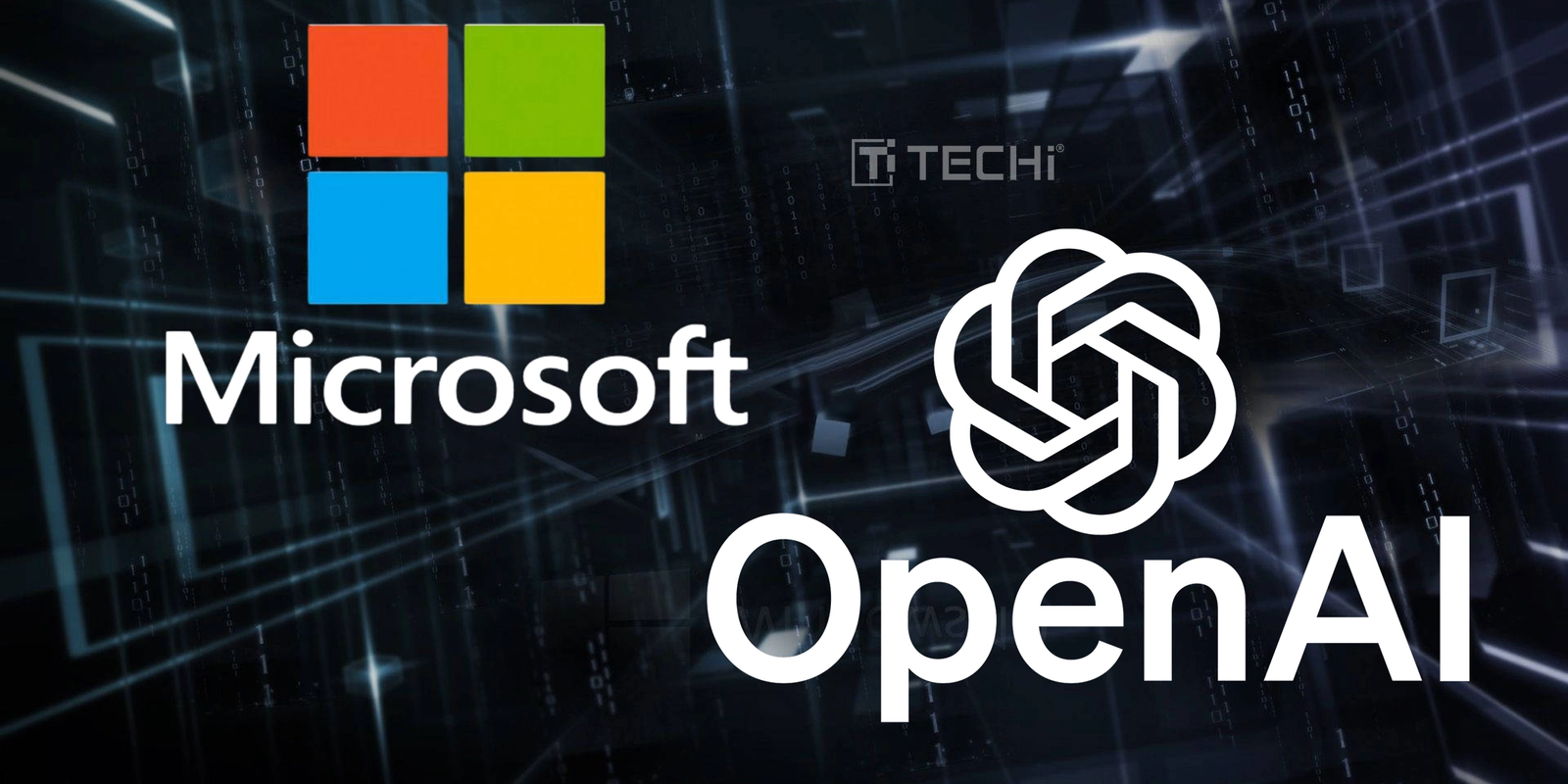Microsoft is rolling out OpenAI’s new open-source model to Windows 11 users via its Windows AI Foundry platform. According to the company, it wants to enable users to leverage AI features, APIs, and popular open-source models directly on their PCs, without relying heavily on cloud infrastructure. Described as “tool-savvy and lightweight,” the open source model is designed for agentic tasks like code execution and tool usage.
The model is optimized to perform efficiently across a variety of Windows hardware configurations, making it well-suited for building autonomous assistants or integrating AI into local workflows—especially in bandwidth-constrained environments.
To run the model locally, however, systems must be equipped with GPUs offering at least 16GB of VRAM, typically found in recent Nvidia or AMD Radeon cards.
“The release of gpt‑oss and its integration into Azure and Windows is part of a bigger story. We envision a future where AI is ubiquitous—and we are committed to being an open platform to bring these innovative technologies to our customers, across all our data centres and devices,” Microsoft said in a blog post announcing the update.
Unlike OpenAI’s premium offerings such as GPT-4, gpt-oss-20b is strictly a text-only model. It does not process or generate images, audio, or video. Instead, it focuses on text generation and tool-calling functionality, having been trained using high-compute reinforcement learning to support tasks like web searches or executing Python scripts during reasoning sequences.






